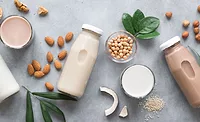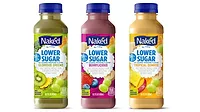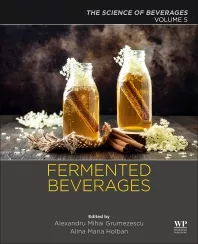R&D Feature
Consumers continue to demand more from drinks
Beverage ingredients help with weight management, wellness
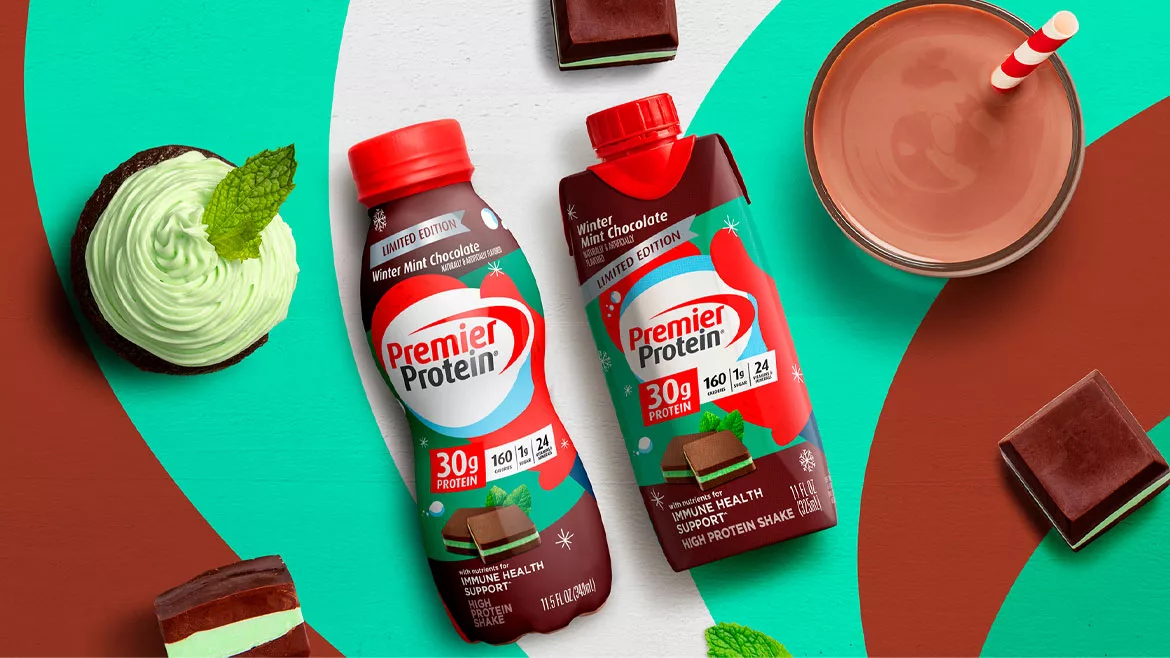
Image courtesy of BellRing Brands, Inc.
When Chris Pratt took on the role of Peter Quill for the 2014 hit “Guardians of the Galaxy,” the actor divulged in a “Men’s Fitness” article that he developed a workout and healthy eating routine in which he was consuming 4,000 calories a day. Because of the intensity of the workouts, Pratt actually lost 60 pounds over the course of six months.
Although the average consumer is not prepping for a leading role in a Marvel move, weight management has become an increasingly popular focus for consumers.
Carla Saunders, senior marketing manager for high intensity sweeteners at Wayzata, Minn.-based Cargill, explains that today’s trends often overlap — especially when it comes to fitness and weight management fads.
“Consumers aren’t just myopically looking for a single benefit — they’re trying to solve multiple need states with their food and beverage purchases,” she says. “They might buy a protein drink, but they’re making the purchase to address hydration, boost their protein consumption, provide satiation, promote weight management and maybe help build muscle, too.”
Consumers are more knowledgeable nowadays; therefore, they hold their food and beverage choices to higher standards, Saunders notes. And this widespread consumer knowledge creates a challenge for brands “to create products that address multiple needs, while still creating a beverage that delivers on great taste,” she says.
Vaughn DuBow, global director of marketing, microbiome solutions at Chicago-based ADM, says that the current focus on fitness has evolved into a broader category “that welcomes consumers from all life stages and lifestyles.” He adds that the weight management category is moving more toward weight wellness, which encourages positive habits to support well-being.
Consumers easily can incorporate products like high-protein, ready-to-drink (RTD) shakes and better-for-you snack options into their diet, DuBow notes. Yet, fitness-related elements still are important — weight management and digestion products are “increasingly in demand,” he says.
“At the same time, consumers are also becoming more aware of the connection between maintaining a healthy weight to metabolic and gut health,” he explains. “Research shows that 58% of global consumers perceive a connection between the function of bacteria in the gut to wider aspects of well-being. As such, shoppers are increasingly seeking out microbiome-associated solutions.”
Cargill’s Saunders adds that among other trends regarding weight management, consumers are monitoring and managing their sugar intake, which she calls a “top concern for many consumers.” Citing a 2021 study by HealthFocus International, Saunders notes that nearly three in four Americans are trying to limit (59%) or avoid (14%) sugars, while six in 10 Americans indicated that they’re trying to consume more protein.
“These results have implications for the weight management segment, too, as many consumers believe protein helps them feel full longer — an idea reinforced by trendy diets, which also emphasize protein consumption,” she says. “But consumers aren’t just seeking more protein or less sugar. They’re looking for beverage choices that deliver a range of health benefits, as trends around health and wellness (encompassing both physical and mental well-being), plant-based eating, label-friendly formulation and more collide.”
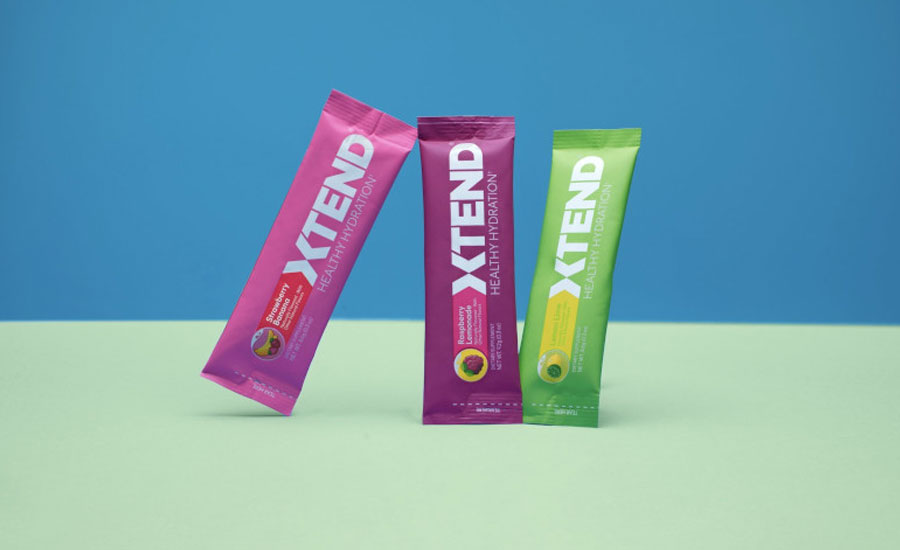
Image courtesy of Nutrabolt
As more people are embracing the health and fitness lifestyle, demand for weight management products has increased, says Max Maxwell, manager of market intelligence at Glanbia Nutritionals, Chicago.
“There are many niches to weight management, including weight maintenance, with different needs for [baby] boomers and younger cohorts,” he explains. “There is so much more understanding of individual differences in each person’s innate biology to manage weight.”
Weight management trends within the beverage industry
Like any trend, beverage-makers must find ways to keep consumers interested in their product, while still ensuring quality.
Cargill’s Saunders says that the “biggest change” in the beverage industry has been in regard to taste improvements.
“Earlier iterations of beverages aiming to support consumers’ weight management goals often fell short, struggling with bitterness, off-notes and aftertastes,” she explains. “Newer products are closing the gap, leaning on advances in plant proteins, sweetener systems and flavor masking to create products more aligned with consumers’ sensory expectations.”
She adds that the industry is seeing more brands address cross-linkages between consumer need states, such as with products that aim to support weight management while helping with other priorities like energy and mental health.
When it comes to weight wellness products, ADM’s DuBow considers beverages to be “an ideal vehicle” due to their portability and convenience.
“Brands can take advantage of beverages’ inherent ability to easily fit into consumers’ daily routines by elevating them with ingredients and solutions that shoppers associate with important qualities,” he says.
DuBow uses the example of consumers associating gut microbiome-supporting solutions such as probiotics to “a wide range of benefits.” He notes that beverages dominate as the preferred probiotic delivery formant, “thus, demonstrating that people are most interested in consuming probiotics in convenient, drinkable formats.” This creates what DuBow calls a “clear opportunity” for producers to get the attention of health-conscious shoppers.
Glanbia’s Maxwell says that, as consumers are searching for holistic approaches to their wellness journey, beverage-makers can address such trends with more drink options for various occasions throughout the day — “from breakfast to post-workout.”
Finding the right ingredients
One of the most common ingredients in weight management beverages is protein, because the two are often associated with each other.
Cargill’s Saunders notes that plant proteins are quickly becoming a favorite among consumers, especially pea protein. Pea protein gained popularity because, not only is it high in protein, but it also has a neutral flavor profile, good solubility and emulsion properties, she says.
“This represents a change for a category that historically relied on dairy products, and brands are responding with more plant-based versions of meal replacement beverages, catering to consumers embracing a plant-forward lifestyle,” she explains.
Another factor in beverage formulations is sugar reduction. Cargill has been working with brands to reduce sugar and calories in beverage applications without losing the quality of taste — the biggest driver of purchase, Saunders notes. With the company’s newest sweetener system, EverSweet + ClearFlo, the results are flavor modification and enhanced mouthfeel, as well as improved stability and solubility, she says.
Saunders suspects that drinks like nutritional shakes, protein drinks and meal replacements are the most likely to incorporate such ingredients, as they are all often aligned with weight management.
ADM’s DuBow explains how the company is dedicated to researching and uncovering new microbial strains, which can support consumers’ weight wellness journeys.
“Specifically, our award-winning BPL1 probiotic and its heat-treated postbiotic counterpart target factors relevant to metabolic health,” he says. “Research shows that both solutions support metabolic pathways. Evidence also points to our BPL1 probiotic supporting a healthy body mass index (BMI) when combined with diet and exercise. ”
He adds that fiber is another ingredient that is highly sought-after for weight wellness shoppers. Consumers might want to add fiber to their diets for digestion, satiety and weight wellness purposes.
“Furthermore, beverage developers may consider incorporating different ingredients, such as fiber, probiotics, vitamins and botanicals, in one solution,” DuBow says. “This provides a personalized approach for better integration into consumers’ everyday lives. … Ingredients from our vast botanicals portfolio combine well with other functional ingredients, like biotics and fiber, helping brands create well-rounded offerings that can meet consumers’ evolving health and wellness demands.”
What’s next for weight wellness beverages
Glanbia’s Maxwell suspects that demand for beverages that support weight management will continue to increase as consumers invest in their health and wellness.
“Weight management beverages are one of many solutions,” he says. “There will be growth in more convenient RTD beverages to support weight management, as well as RTM beverage solutions that will be personalized to address individual needs.”
Cargill’s Saunders echoes a similar sentiment, noting that weight management “is a long game” and just one part of consumers’ broader goal regarding health.
“Beverages that support weight management, alongside other consumer needs, have a bright future — so long as they also deliver on taste,” she says. “At the end of the day, taste will always be the single biggest driver of purchase and the final arbitrator of success.”
ADM’s DuBow adds that consumer interest in hydration is making its way into the weight wellness area. Energy drinks with isotonic properties and electrolytes are highly sought-out by younger consumers.
“Working with developers to stay at the forefront of innovation, we have designed several concepts to help meet consumers’ wellness needs,” he says.
Looking for a reprint of this article?
From high-res PDFs to custom plaques, order your copy today!




